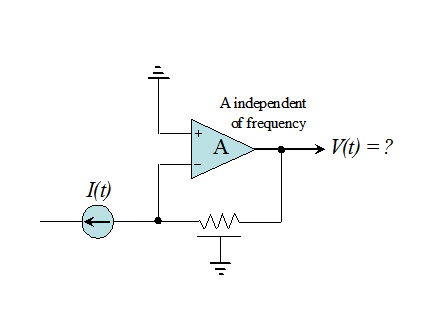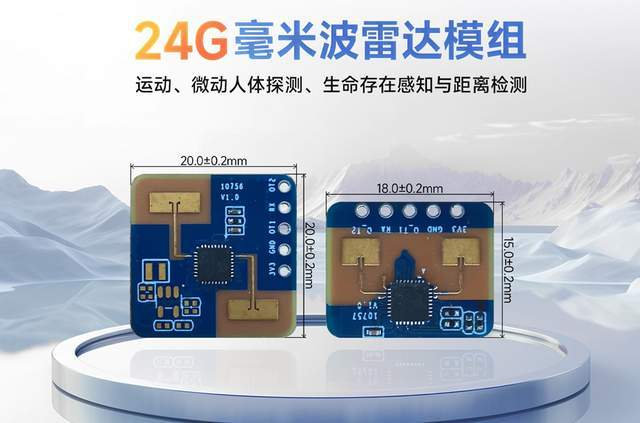文章转自ADI官网,版权归属原作者一切

You must have seen this a thousand times, but now look at it in a different light, the illumination of the Insight. As you can see, a pure current source, I(t), on the left is applied to the inverting input node of an op amp, whose non-inverting node is grounded. A feedback resistor of arbitrary value connects the output back to the input. And that’s about it…
Except for two crucial details. First, that is a real resistor, and it lays on top of some insulating layer. Second, the op amp has that wonderful property—reckoned to be the ultimate that one could wish for, and which the text-books so often state as one of the necessary properties of an ‘ideal’ op amp—namely, infinite bandwidth: having a completely flat gain magnitude from dc to any frequency you choose. The second ‘ideal’ aspect is usually reckoned to be infinite gain over this entire range. But note here that the op amp is given a finite gain magnitude of A. It could be ten, a hundred, a thousand, a million…
Okay? So, here’s a three-part question for you. First, what is the maximum permissible value of A? Second, what happens if this value is exceeded? And finally, why is it that modern op amps, having extremely high dc gains, which could even be infinite in this setting, do not raise these issues? Think very carefully about the conditions that I stated, and which are shown in this visual.









